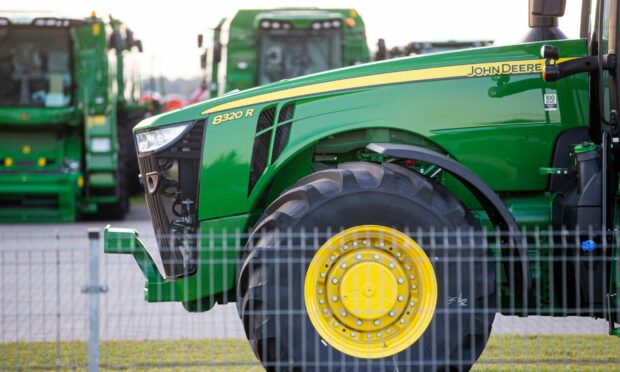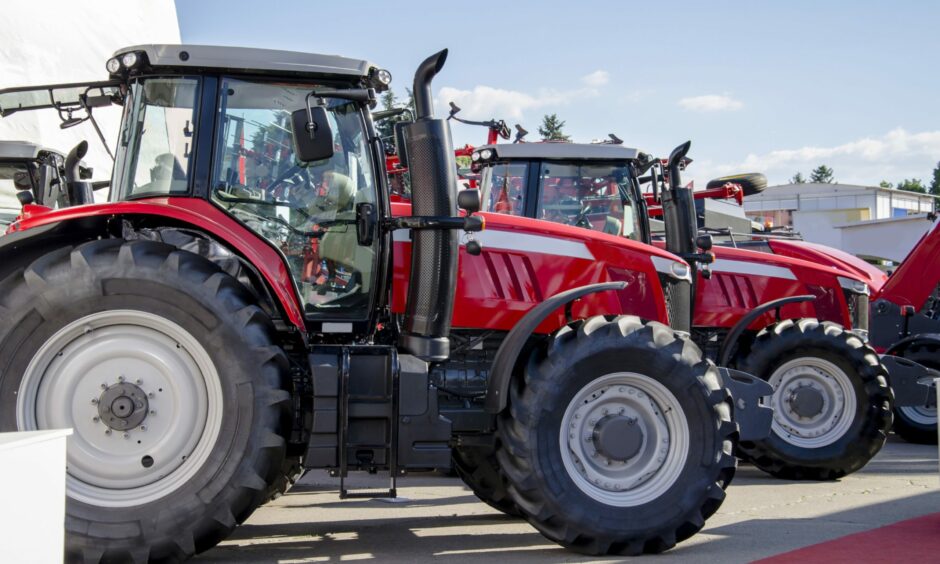The Scottish tractor market recovered last year, following a Covid-induced slowdown, with sales up by almost a fifth.
The latest figures from the Agricultural Engineers Association (AEA) reveal sales of new agricultural tractors, over 50 horsepower (hp), were up 17.1% in 2021 to 1,466.
This accounted for 12.2% of total UK sales, which stood at 12,107, representing a 15.8% increase on 2020.
Sales increased in every region of the UK with the exception of Yorkshire & Humberside, where sales decreased by 0.9% to 757 tractors.
The region experiencing the biggest growth in sales was the East Midlands with sales up 40.7% to 764 tractors, followed by Northern Ireland where sales were up 37.4% to 525 tractors.
“There were year-on-year increases in every part of the UK apart from Yorkshire,” said AEA agricultural economist, Stephen Howarth.
“Strongest growth was in the East Midlands and Northern Ireland, both of which registered over a third more machines last year. Most other regions saw increases of between 10% and 25%, compared with 2020.”
The AEA figures also reveal which type of tractors, in terms of power rating, were most popular amongst UK farmers in 2021.
Tractors in the 161-200hp category remained the most popular representing 19.4% of all sales, followed by tractors in the 141-160hp range which represented 17.4% of all sales.
The biggest increase in sales per power category was witnessed in the 121-140hp category with sales up 37.8% to 1,389 tractors, however sales were up in every power segment with the exception of those over 320hp – this was down 0.5% on the year.
“With slower year-on-year growth among higher-powered machines and strong growth at the lower end of the power range, the average power of agricultural tractors dropped back to a similar level to 2019,” said Mr Howarth.
“The 2021 average was 166.3hp, well below the 171hp recorded in 2020 but similar to the 166.0hp in 2019.
“Barring 2020, the average has been fairly stable over the last four years, although it is probably too early to say whether the decades-long trend of steadily rising average power has come to an end.”

